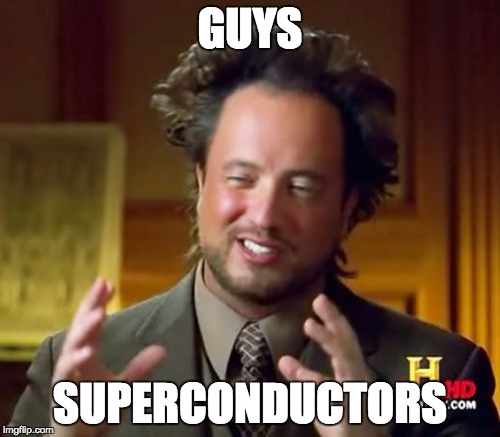It is worth mentioning that the patents Tesla has on Supercharging describes up to 4 stalls per supercharger.
I've always thought this was the best idea for handling high demand locations. It's the natural progression of a few ideas...
First, having waiting cars line up behind the charging cars.
Second, having the waiting cars line up on the "other side" of the stall, so the cable can connect to the waiting vehicle easily.
Third, having two cables on each pedestal so that the second car can start automatically after the first is finished.
Fourth, having the second car ramp up as the first slows down, like paired stalls do now.
And since the stalls are already two to a SC, this just makes them four to a SC. The layout doesn't matter - it doesn't have to be two pairs of stalls backing onto each other, they can have them all in a row if that suits the site.
Overall power supply to the site doesn't need to change, vehicles which have finished charging (or are slowly charging at 95%+) won't really hold other vehicles up since the energy output of the SC is still available to three other stalls. It would be bad luck if you end up with four cars at 95% on one SC and four cars at 10% on another, but this can happen with paired stalls anyway.
I have no idea how much the pedestals cost but I'd imagine most of the cost is the supercharger cabinets and the civil works, so this is a cheap way to expand the number of stalls on an existing site.




